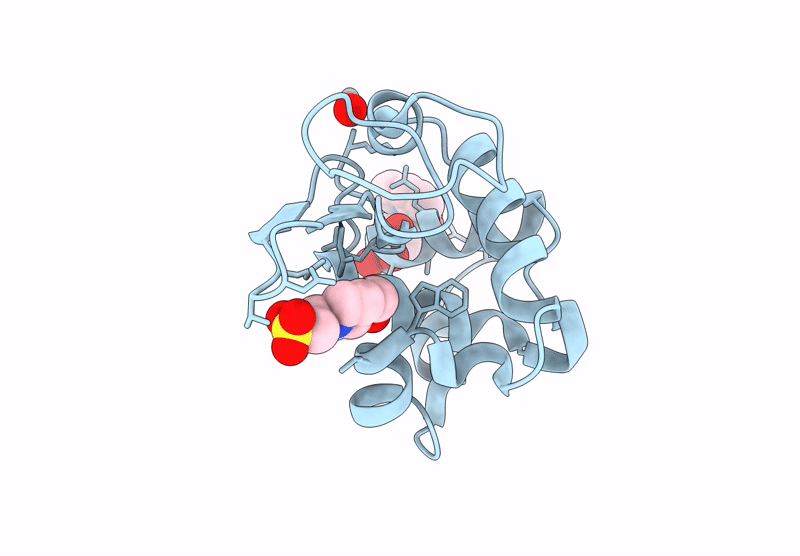
Deposition Date
2024-01-26
Release Date
2025-02-12
Last Version Date
2025-07-16
Entry Detail
PDB ID:
8RTK
Keywords:
Title:
X-ray structure of lysozyme obtained upon reaction with [VIVO(8-HQ)2] in sodium formate
Biological Source:
Source Organism:
Gallus gallus (Taxon ID: 9031)
Method Details:
Experimental Method:
Resolution:
1.21 Å
R-Value Free:
0.19
R-Value Work:
0.17
Space Group:
P 43 21 2


